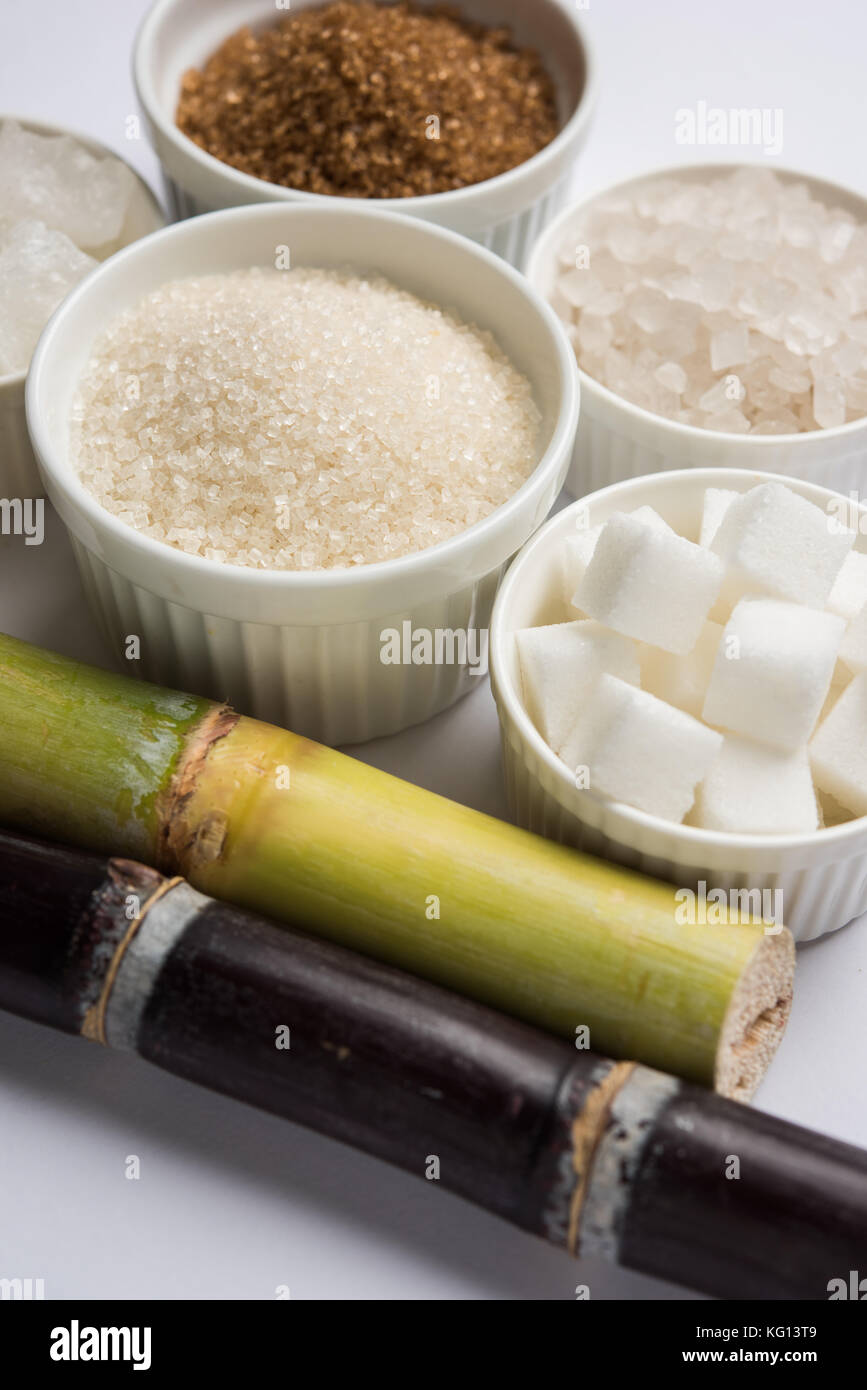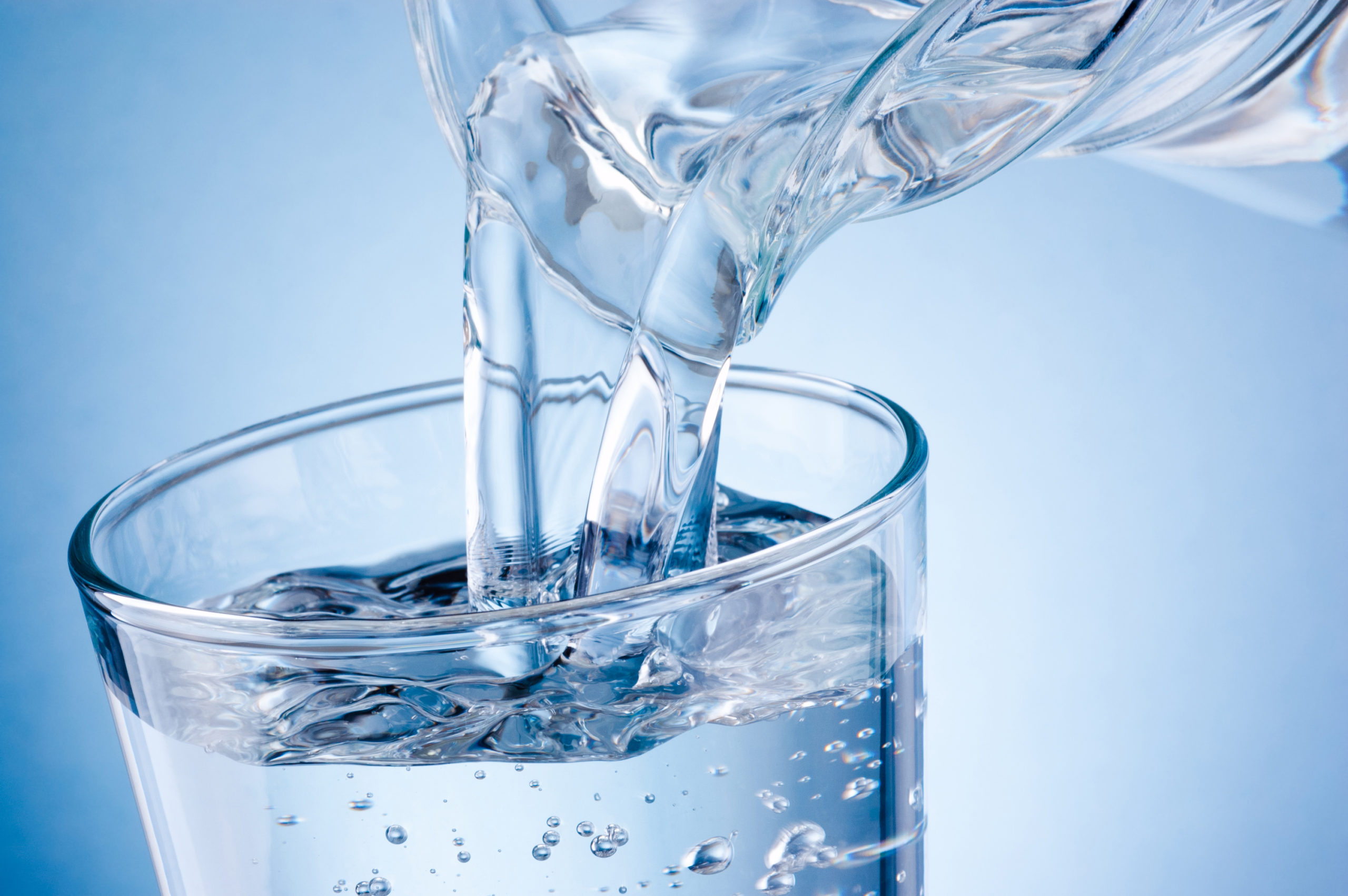How to Leverage sugar cane products in Product Development
Wiki Article
Discover All Regarding Sugar Cane: From Production Methods to Product Innovations
Sugar cane is a crop with both historic value and contemporary importance. Its cultivation has progressed from typical techniques to modern-day practices that fulfill today's farming demands. This advancement includes ingenious handling methods that change the cane right into a range of products. As the industry faces environmental challenges, new lasting methods are arising. The complexities of sugar cane manufacturing and its future in international markets present appealing inquiries worth exploring additionally.The History of Sugar Cane Growing
Although sugar cane is commonly related to tropical environments, its growing has a rich history that dates back countless years. Coming From in Southeast Asia, the earliest documents of sugar cane's use date back to around 8000 BCE, where it was chewed for its sweet taste. By the very first millennium, it spread to India, where it ended up being integral to local societies. The technology to crystallize sugar arised in India by the fifth century CE, noting a substantial milestone in sugar production.With the development of profession courses, sugar cane located its way to the Center East and, ultimately, Europe. The establishment of ranches in the Caribbean during the 16th century transformed the global sugar market, driven greatly by early american growth. As sugar came to be an in-demand asset, its growing shaped economic situations and societies, laying the foundation for modern production techniques that developed with the improvement of agriculture and modern technology.Traditional Farming Methods
As sugar cane farming evolved through background, standard farming techniques arised as foundational methods that shaped its production. These techniques, often passed down with generations, included the usage of handbook devices such as hoes and machetes for planting and gathering. Farmers usually prepared the soil by hand, making use of crop rotation and intercropping to keep soil fertility and control pests. Water administration was vital, with numerous traditional cultivators relying on all-natural irrigation systems and rainwater harvesting.Planting was often timed to coincide with seasonal rainfalls, guaranteeing excellent development problems. Traditionally, sugar cane was grown in rows, enabling for simpler maintenance and harvesting. Harvesting was done by hand, calling for skilled labor to decrease damage to the stalks. In general, typical farming methods emphasized sustainability and a deep understanding of the neighborhood atmosphere, developing a crucial component of the cultural heritage surrounding sugar cane farming. These techniques prepared for future innovations in sugar production.Modern Agricultural Practices
Modern agricultural methods have progressively bundled accuracy farming strategies to enhance sugar cane manufacturing. sugar cane products. These approaches utilize data-driven methods to enhance inputs and enhance yields while decreasing environmental effect. Additionally, lasting bug monitoring methods are being embraced to protect crops without jeopardizing ecological balancePrecision Farming Methods
Accuracy farming strategies represent a transformative technique to agriculture, leveraging innovation to improve productivity and sustainability in sugar cane production. By using tools such as GPS, remote sensing, and data analytics, farmers can keep an eye on plant wellness, soil conditions, and water usage with unprecedented accuracy. This data-driven method enables targeted interventions, reducing waste and maximizing resource allocation. Drones and satellite imagery facilitate real-time assessments, making it possible for cultivators to respond promptly to emerging issues or changes in environmental conditions. In addition, accuracy farming enhances yield projecting and enhances decision-making procedures, eventually causing much better plant administration. Consequently, sugar cane producers can attain higher effectiveness and earnings while reducing their environmental impact, adding to the general advancement of modern-day farming practices.
Lasting Bug Management
Efficient administration of parasites is necessary for maintaining the wellness and productivity of sugar cane plants. Lasting bug management methods concentrate on lessening chemical inputs while making the most of ecological balance. sugar cane products. Integrated Insect Monitoring (IPM) is a preferred technique, combining organic control, environment adjustment, and using immune sugar cane varieties. Farmers are progressively utilizing beneficial insects and natural predators to reduce bug populaces, decreasing reliance on synthetic pesticides. Tracking pest levels via catches and hunting permits prompt interventions, making certain that control measures are applied only when necessary. Additionally, plant rotation and intercropping boost biodiversity, more decreasing bug episodes. By taking on these sustainable techniques, sugar cane manufacturers can maintain crop yield while promoting check out here environmental stewardship and lowering the unfavorable effects related to standard parasite control methodsProcessing Sugar Cane: From Area to Manufacturing facility
The elaborate journey of sugar cane from area to factory involves numerous essential actions that transform this vibrant crop right into a basic material for sugar manufacturing. After harvesting, sugar cane is rapidly delivered to the processing facility to lessen sucrose loss. The initial step at the factory is cleaning the cane to remove pollutants, complied with by crushing to draw out the juice. This juice undergoes explanation, where it is warmed and treated with lime to get rid of solid bits and impurities.Once advice made clear, the juice is concentrated through evaporation, leading to syrup. The syrup is after that crystallized by cooling and including seed crystals, leading to the formation of sugar crystals. Following condensation, the sugar undergoes centrifugation to divide it from molasses. Inevitably, the sugar is dried out, packaged, and gotten ready for circulation. Each action in this process is crucial for making certain the high quality and effectiveness of sugar production.Sugar Cane Products and Their Applications

Sugar and All-natural Sugars
Although often overlooked, sugar and natural sugars originated from sugar cane play a vital function in the food and drink market. These items, consisting of sucrose, molasses, and raw sugar, supply a variety of tastes and functionalities that enhance numerous food products. Sucrose, the most typical sugar, is commonly made use of for its sweetening homes, while molasses contributes deepness and intricacy to baked goods and sauces. All-natural sugars from sugar cane are favored for their minimal processing and regarded health and wellness benefits contrasted to fabricated sweeteners. Furthermore, technologies in sugar cane handling have led to choices like fluid sugar and focused cane juice, accommodating diverse consumer preferences. On the whole, sugar cane-derived sugar are integral to flavor, maintaining, and improving food experiences.Biofuels and Renewable Resource

Sustainability in power production has actually increasingly transformed focus to sugar cane as a sensible source for biofuels. This tropical plant, rich in sucrose, can be exchanged ethanol, a sustainable fuel that minimizes greenhouse gas emissions contrasted to nonrenewable fuel sources. The fermentation procedure makes use of molasses, a byproduct of sugar manufacturing, maximizing source performance. Moreover, sugar cane's biomass, consisting of bagasse and leaves, can be changed into bioenergy, contributing to a round economic climate. Numerous developments in handling methods improve the return of biofuels, making sugar cane an attractive choice for power diversity. In addition, the growing demand for sustainable energy sources drives study right into enhancing growing methods and lowering the carbon footprint of biofuel visit the site production, placing sugar cane as a principal in the renewable resource landscape.
Advancements in Sugar Cane Sustainability
As the international demand for sugar boosts, developments in sugar cane sustainability have ended up being vital to meet both ecological and economic difficulties. Modern agricultural practices are being implemented to minimize water use, enhance soil health and wellness, and minimize chemical inputs. Methods such as accuracy farming use information analytics and technology to optimize source usage and rise plant yields sustainably.Additionally, the advancement of genetically modified sugar cane varieties aims to improve resistance to bugs and ecological stress factors, bring about higher efficiency with less inputs. Waste monitoring techniques are additionally developing; byproducts from sugar cane handling are being transformed right into bioenergy, minimizing reliance on fossil fuels.Furthermore, partnerships in between farming stakeholders and environmental companies are promoting techniques that advertise biodiversity and ecosystem wellness. These advancements not just help mitigate the environmental influence of sugar cane production but also create an extra durable and lasting sector for the future.The Future of Sugar Cane in Global Markets
While international sugar usage continues to rise, the future of sugar cane in worldwide markets deals with both possibilities and difficulties. The raising need for biofuels and sustainable products provides a substantial chance for sugar cane manufacturers, as the plant can be made use of for ethanol manufacturing and other eco-friendly alternatives. In addition, technologies in handling strategies may enhance performance and minimize costs, making sugar cane more affordable against various other sweeteners.However, difficulties such as environment adjustment, varying market value, and changing consumer preferences towards healthier options complicate the landscape. Trade plans and tariffs can impact the international market dynamics, affecting farmers' success. As stakeholders browse these intricacies, partnership among producers, federal governments, and scientists will be essential in adjusting to the progressing market. The future of sugar cane hinges on stabilizing these possibilities and obstacles to protect its location in a rapidly altering worldwide economic situation.Frequently Asked Concerns
How Does Sugar Cane Impact Citizen Ecosystems and Biodiversity?
The farming of sugar cane significantly affects regional communities and biodiversity. Monoculture methods can cause environment devastation, while pesticide usage might damage non-target types, ultimately interfering with eco-friendly balance and minimizing types splendor in impacted locations.What Are the Wellness Consequences of Consuming Sugar Cane Products?
The health and wellness impacts of consuming sugar cane items consist of possible benefits like power boosts and antioxidants, yet too much consumption might lead to weight gain, oral problems, and boosted threat of diabetic issues, advising small amounts in intake.Exist Any Kind Of Alternatives to Sugar Cane for Sugar Manufacturing?
Alternatives to sugar cane for sugar manufacturing consist of sugar beetroot, maple sap, and coconut palm sap. These resources provide comparable sweet taste and can be grown in numerous environments, providing varied alternatives for sugar production worldwide.Exactly How Is Sugar Cane Influenced by Environment Adjustment?
Environment adjustment substantially impacts sugar cane, triggering modified rains patterns, boosted temperatures, and increased parasite stress. These aspects can lower returns and impact overall high quality, motivating the requirement for flexible farming practices to assure sustainability.What Are the Labor Problems for Sugar Cane Workers Internationally?
Labor conditions for sugar cane workers internationally differ substantially, usually defined by reduced earnings, long hours, and inadequate security actions. Several face exploitation and harsh functioning environments, particularly in creating countries reliant on sugar cane production.Report this wiki page